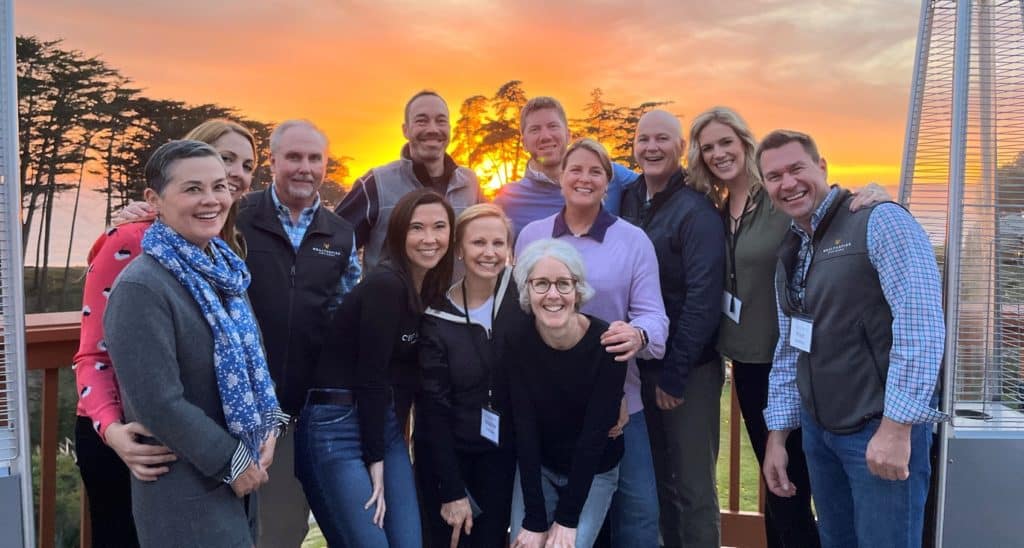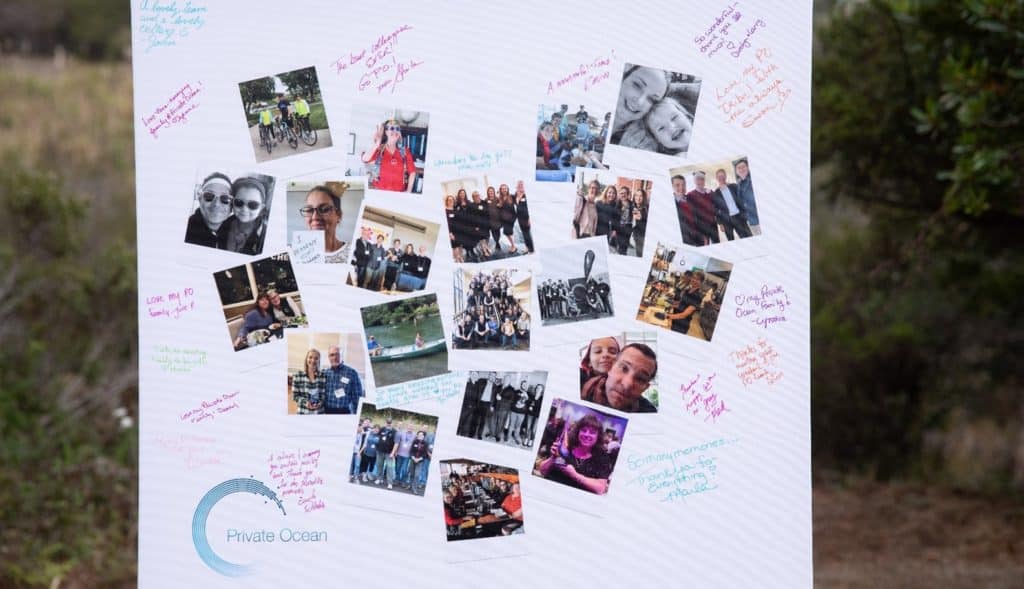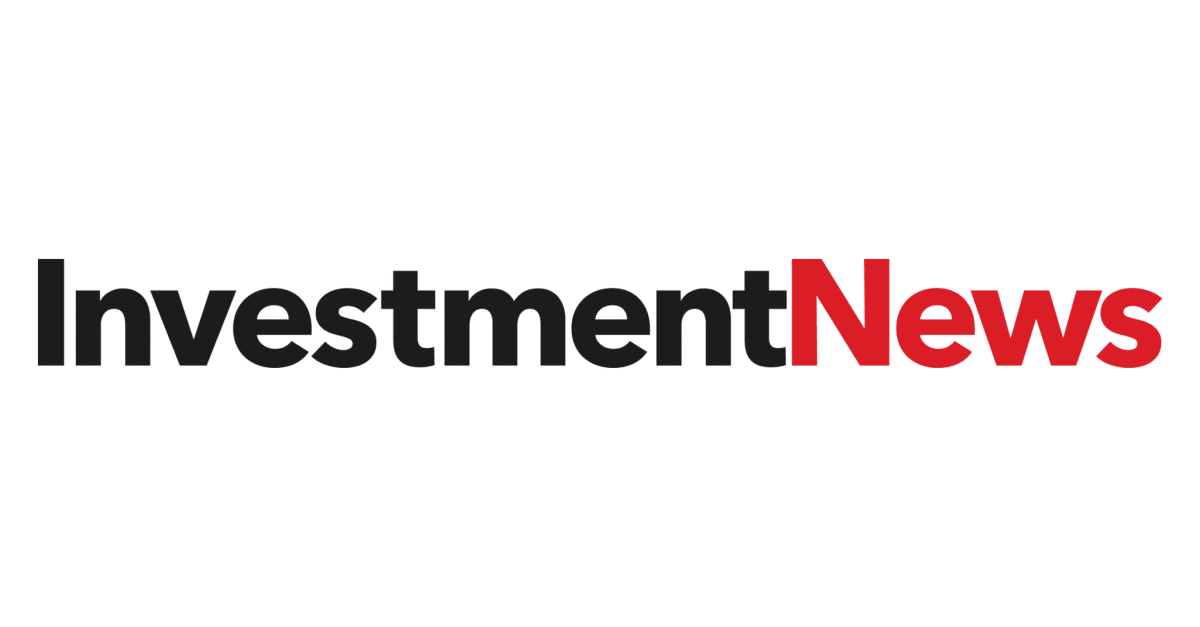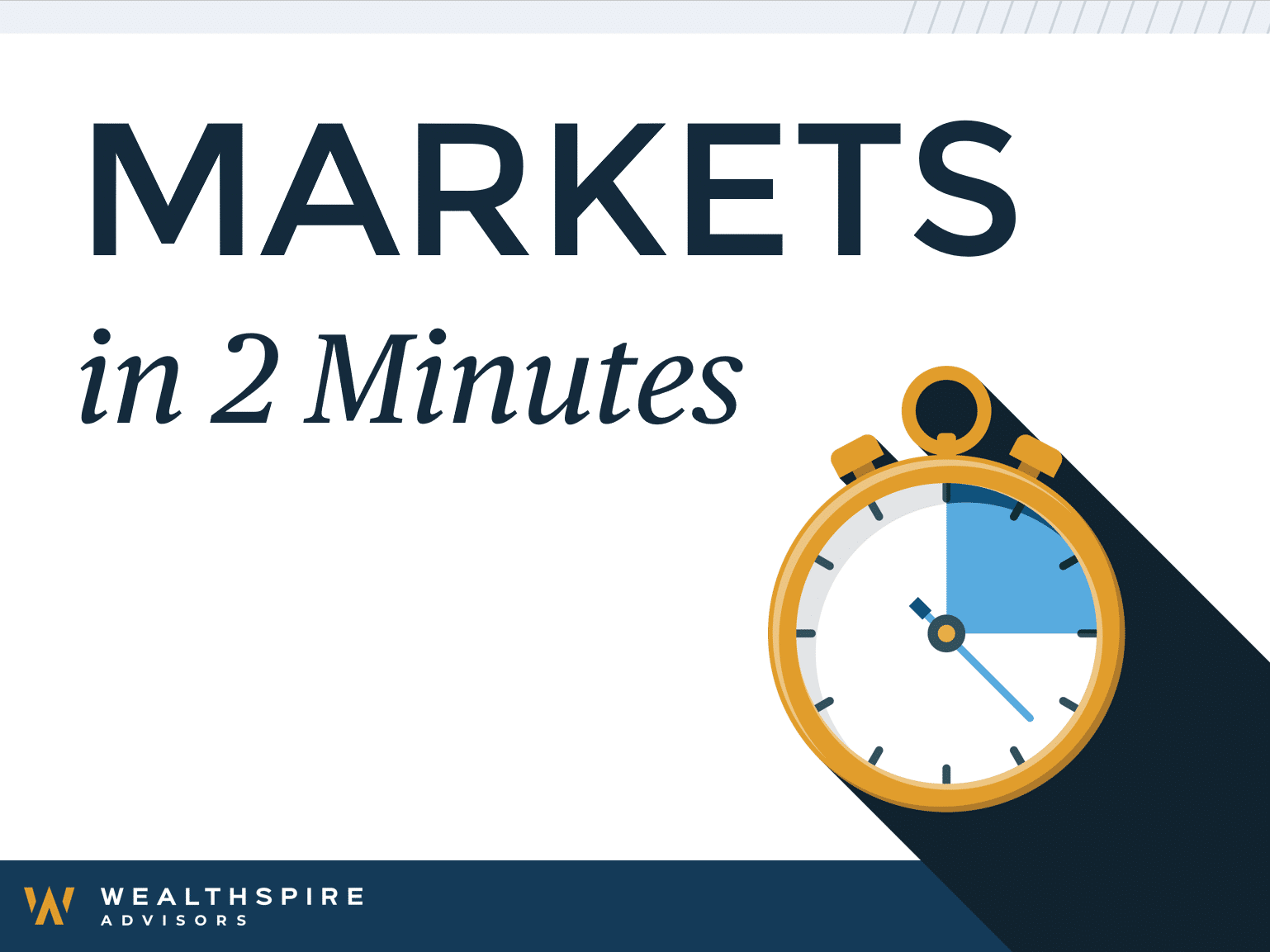Like millions of folks around the world, my life took a complete turn in April of 2020. Within seven days, I went from living and working in a bustling city to working from a dining room table at my family home in rural western Washington.
My days once filled with meetings, lunchtime walks with my colleagues, and busy evenings pivoted to what felt like a never-ending cycle of waking up, caffeinating myself, sitting stationary at my computer for hours, and late nights.
Without consistent days in an office and social gatherings with coworkers and friends, the lines between work and “life” began to blur. A never-ending cycle of bad news felt constant between TV, social media, and podcasts. The feelings of isolation, overwhelm, and burnout began to set in – and I wasn’t alone. According to a February 2021 survey by Indeed, two-thirds of workers claimed that burnout had increased since the pandemic.[i] Furthermore, APA’s 2021 Work and Well-being Survey found nearly 3 in 5 employees reported negative impacts from work-related stress, including lack of interest, motivation, or energy (26%) and lack of effort at work (19%).[ii] Additionally, 36% reported cognitive weariness, 32% reported emotional exhaustion, and an astounding 44% reported physical fatigue – a 38% increase since 2019.
As the world began to “open up” again in late 2021, a light at the end of the tunnel appeared. Days and evenings began to shift back to what we once called “normal.” Our West Coast team even gathered for our first in-person retreat in 18 months (see below)!

We felt the beginnings of a return to normalcy, but as many have attested, our new normal isn’t quite the same. Lingering feelings of burnout and exhaustion are partially to blame, and these feelings can impede productivity, social engagement, and make it harder to feel motivated about what’s ahead. As we look ahead, how do we combat burnout while still managing and building our careers as young professionals? Here are some tips to get you started.
1. Managing Notifications and the Stream of Media
An important first step in managing burnout is taking control of the constant stream of communication. When we’re unable to turn this off, it can be hard to give ourselves a break. Use settings like “quiet time,” time limits, and “do not disturb” to regulate this.
2. Scheduling Downtime Throughout the Day
It can be easy, if not inevitable, for calendars to quickly fill with meetings. It isn’t uncommon to find yourself in hours of virtual meetings a day, creating a special type of exhaustion known now as “Zoom fatigue.” Try blocking out 15 to 45 minutes each day for projects, goal setting, and strategizing. Some people may even designate one day of the week as a no-meeting day, setting the day aside to focus on task management, catching up on emails, or strategizing for the week ahead.
3. Prioritizing Social Connection with Colleagues
Numerous studies have touted the importance of relationships for our health and longevity. A readily available source of social connection can be the people you’re collaborating and partnering with each day. Consider nurturing a virtual (or in-person) connection with a coworker or two – we often host virtual happy hours with folks across offices, which fosters collaboration and closer connections both on and offline.
 4. Staying Flexible with Social Engagements
4. Staying Flexible with Social Engagements
While relationships are an important component of our daily lives, they can also be a source of stress or anxiety. When you’re finding yourself pulled in too many directions between friends, work, and time alone – stay flexible! We’re collectively experiencing and navigating burnout, so if you’re wanting to reschedule evening plans or a weekend brunch, your friends will understand.
5. Taking Time to Truly Unplug
Technological innovations have enabled us to stay connected across the globe and have bolstered productivity throughout lock-down. However, the dark side of these instantaneous connections can be the desire to respond to an email at 11:00 p.m. on a Tuesday or make ourselves available on scheduled OOO days. While responsiveness and reliability are important components of building a career, make sure you allow yourself time to truly unplug, stepping away from emails and calls, trusting team members to jump in as needed, and giving yourself space to decompress.
 6. Knowing When to Say Yes…
6. Knowing When to Say Yes…
In the early stages of our careers, it’s common to be excited about the countless opportunities that come our way. However, burnout reminds us that despite wanting to do it all, there just aren’t enough hours in the day. As opportunities present themselves, take a moment to consider the following:
- Am I truly feeling passionate about this?
- How does this fit within my current schedule and time commitments?
- Are there other projects I am more interested in at this time?
- What skills will I build with this project?
- What are the trade-offs I should consider before saying yes?
7. …And No
Sometimes, an opportunity may come to us that we simply can’t turn down, despite an already full schedule – and that’s okay. A key component to managing burnout is being flexible and saying yes when it’s right, but accepting when it’s time to say no.
8. Mindfulness (Meditation)
Taking time out of each day to reset and center ourselves can be another helpful tool to combat burnout. There are countless apps, videos, and podcasts that can walk you through a guided meditation in as little as two or three minutes. Meditation and mindfulness apps saw nearly four million downloads in April 2020, a 17.6% increase from just four months prior.[iii] So, if you’re feeling overwhelmed, frustrated, or fatigued, take a few moments to reset. You won’t be alone!
9. Prioritizing Sleep
While sleep is obviously a necessity in our lives, it can also be an important aspect of ensuring productivity and keeping fatigue at bay. The exact amount of sleep needed varies from person to person, but the Sleep Foundation recommends that the average adult should sleep between seven and nine hours per night.[iv] This ensures our bodies and brains can recover from an active, stimulating day.
10. Allowing Space for Burnout – Acknowledging It and Bringing It to the Forefront
Arguably the most important tool in combatting burnout is to first acknowledge its existence. A colleague of mine often reminds me, “Don’t suffer in silence.” One positive effect of increased burnout has been the heightened awareness and dialogue around it and how individuals and organizations can better address it. The World Health Organization even officially recognized burnout as an occupational health issue in 2019.[v]
As feelings of burnout are creeping in, take time to acknowledge them. Validate these feelings and have a conversation about them. You’re not alone in these feelings and you’re now equipped with a few tools to help combat them.

 4. Staying Flexible with Social Engagements
4. Staying Flexible with Social Engagements 6. Knowing When to Say Yes…
6. Knowing When to Say Yes…


2024 1st Quarter Commentary: “In a world drenched in pessimism, it pays to be optimistic.”
With so much emphasis placed on negative headlines, negative developments globally, and the ability to embrace one’s inner negativity, it ...